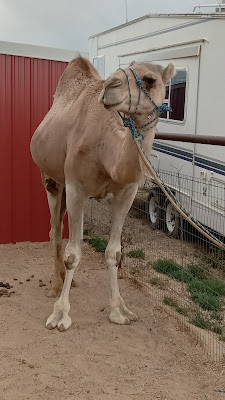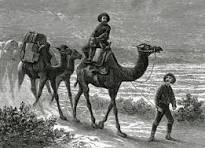For my most recent book, I set the story in today's Tuolumne City. At the time the major scenes in my book took place, it was known as Summersville. Here is what the historical marker about Summersville has to say:
Tuolumne (formerly called Summersville)
Geographical center of the East Belt Placer Gold Rush, 1857-58, first white settlers, the Franklin Summers family, arrived in 1854, and built log cabin half mile west. James Blakely, in 1858, discovered first quartz lode, half mile east, naming it "Eureka", which mine became nucleus of town of "Summersville", later called "Carters'" and finally "Tuolumne". Other towns lively in gold rush days were Long Gulch, two miles south and Cherokee, two miles north.
 |
| Snippet of 1879 Tuolumne County Mining Map |
I can look at a map and tell where Cherokee is. It is still in existence, although it has been reduced to more of a neighborhood village. Tuolumne City, although a small community, is still thriving. Where was Long Gulch?
Even on the 1879 map of the mines in the region, there is no indication of a mining area or town two miles south of what was then Summersville.
My clue came from a booklet compiled and printed by the members of the Tuolumne City Memorial Museum.
One of the earliest mining camps was located in Long Gulch which runs down a gentle water course and flows into the Tuolumne River. The area is located east of Apple Colony Road close to the end of the paved road. The first trading store was run from a tent at that location by Charles Carter in 1857.
This area was worked by panning, hydraulic mining and some hard rock mining. Water for the hydraulic mining was delivered by the Eureka Ditch which brought water from the Stanislaus River in the early 1860’s. This ditch is still in service, bringing water for agriculture and households in Tuolumne City. The cement base for an ore processing plant can be seen from the paved Mt. Eaton Road.
This map shows a ditch. It appears to break off of Turnback (aka Turn Back) Creek, which passes close to the Eureka Mine. I also marked a road which, in 1879, led to newer mines across the North Fork of the Tuolumne River. Could this same road have led to Long Gulch?
 |
| Terrain map of Tuolumne City and environs courtesy of Google Maps |
Here is a current terrain map of the area several miles south of Tuolumne City, its boundaries edged in pink. It is important to keep in mind that the city's boundaries have grown over time. However, the approximate two-mile distance to a gulch that might have been fed by water could be one of two places. Both are characterized by having a stream of water running through it (possibly seasonal unless fed by the Eureka Ditch) and it had a lot of rock, some of which was gold-bearing quartz. Here are my two guesses.
 |
| Terrain map courtesy of Google Maps |
One is to the north side of the North Fork of the Tuolumne River, just south of the northerly "hump" in the river, and south of where Hunter Creek (Big Canón on older maps) flows into the river.
 |
| Terrain map courtesy of Google Maps |
The other is also on the north side of the North Fork of the Tuolumne River, farther south of where Hunter Creek (Big Canón on older maps) flows into the river and not too far north of where the North Fork joins the Tuolumne River.
Either way, this "mining town," which passed from history once everyone there packed up and moved near the Eureka Mine shortly after its discovery of gold, played a significant role in the East Belt mining history of Tuolumne County.
My latest release, Wyatt's New Bride, takes place while there are still miners working their claims in Long Gulch. To find the book description and purchase options, please CLICK HERE
Sources:
California Centennial Commission, base provided by Tuolumne City Progressive Association, dedicat4d October 24, 1948.
Excerpts from Gold Mining in Tuolumne’s East Belt. Tuolumne City Memorial Museum, Tuolumne, California, pages 3-5
Google Maps














